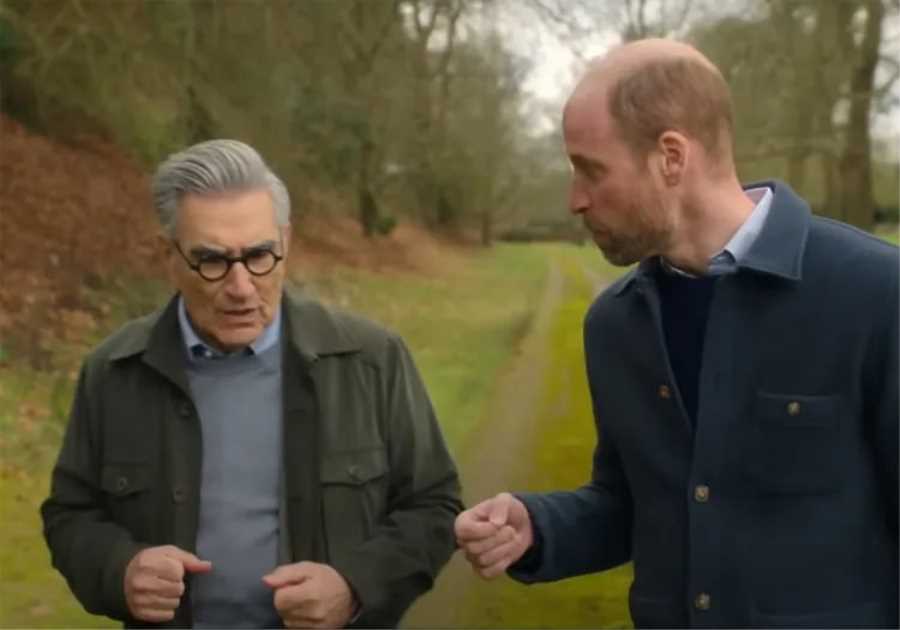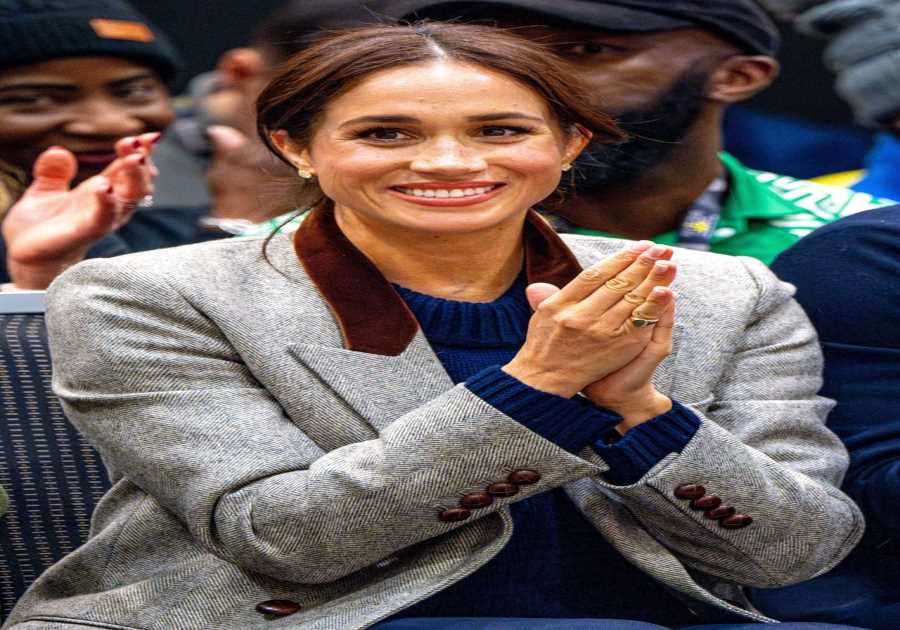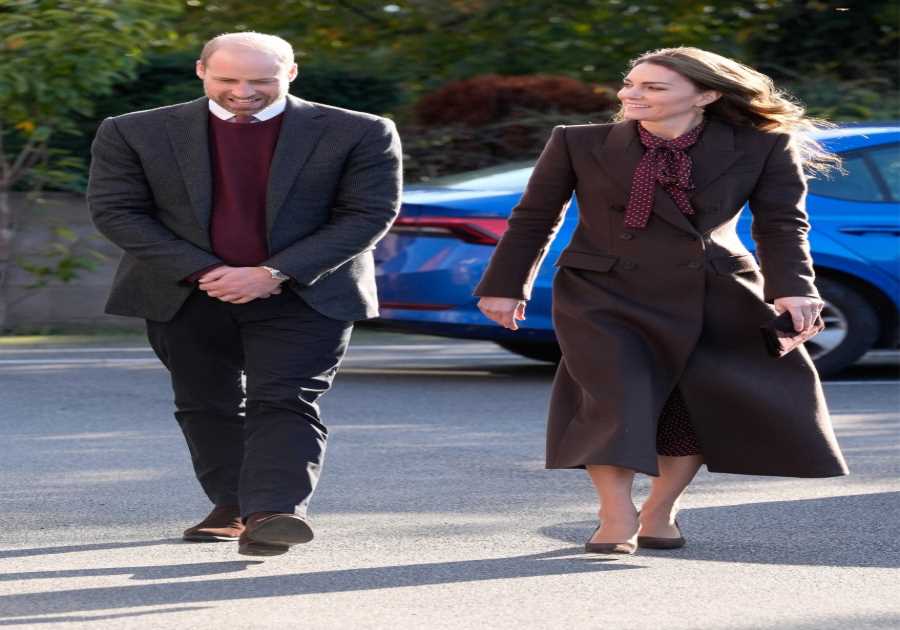
Recent actions by ITV executives to add a content warning to the beloved children's show W**orzel Gummidge have sparked debate over the portrayal of outdated language and themes in modern entertainment. The decision to caution viewers about language that may be deemed offensive in today's context reflects a broader trend of reevaluating cultural products through a contemporary lens.
The wider context: Navigating Historical Sensitivities
By attaching a warning label to W**orzel Gummidge Down Under, ITV has acknowledged the potential impact of dialogue that could be considered inappropriate by present-day standards. This move raises vital questions about how we engage with media from the past, balancing historical authenticity with evolving social norms. The inclusion of such warnings prompts us to reflect on the complexities of cultural heritage and the responsibility of broadcasters in framing these narratives for diverse audiences.
Challenging Conversations: Language, Representation, and Childhood Media
The dialogue within W**orzel Gummidge, while reflective of its era, presents an opportunity to explore issues of language, representation, and power dynamics in children's programming. The interactions between characters like W**orzel and Aunt Sally invite scrutiny of gender dynamics, social hierarchies, and the implications of language on young viewers' perceptions. As society progresses, it becomes imperative to critically analyse how media shapes children's understanding of relationships and behaviours.
Voices of Critique: Navigating Free Speech and Cultural Sensitivities
The response from the Free Speech Union, framing the show's resurgence as a challenge to 'woke scolds', underscores the ongoing tensions between freedom of expression and the need for cultural sensitivity. The debate surrounding W**orzel Gummidge highlights the nuanced terrain where artistic intent, historical context, and contemporary values converge. It prompts us to consider how we navigate divergent perspectives on language, humour, and representation in the media landscape.
When approached for comment, ITV declined to provide a response, leaving room for further discourse on the complexities of balancing creative expression with societal expectations. As audiences grapple with the evolving landscape of media consumption, discussions around historical accuracy, cultural sensitivity, and the impact of language on audience perceptions remain essential.
In conclusion, the controversy surrounding W**orzel Gummidge serves as a microcosm of broader debates around language, representation, and cultural heritage in contemporary media. As we engage with nostalgic content through a critical lens, we are reminded of the intricate interplay between past narratives and present sensibilities. By interrogating the complexities of historical language in children's programming, we deepen our understanding of how media shapes attitudes, values, and behaviours, paving the way for more inclusive and reflective storytelling in the future.
Did you miss our previous article...
https://thecelebreport.com/television/analysis-towies-dan-edgar-reveals-relationship-complexity-with-ella-rae-wise-amidst-celebrity-big-brother-drama






